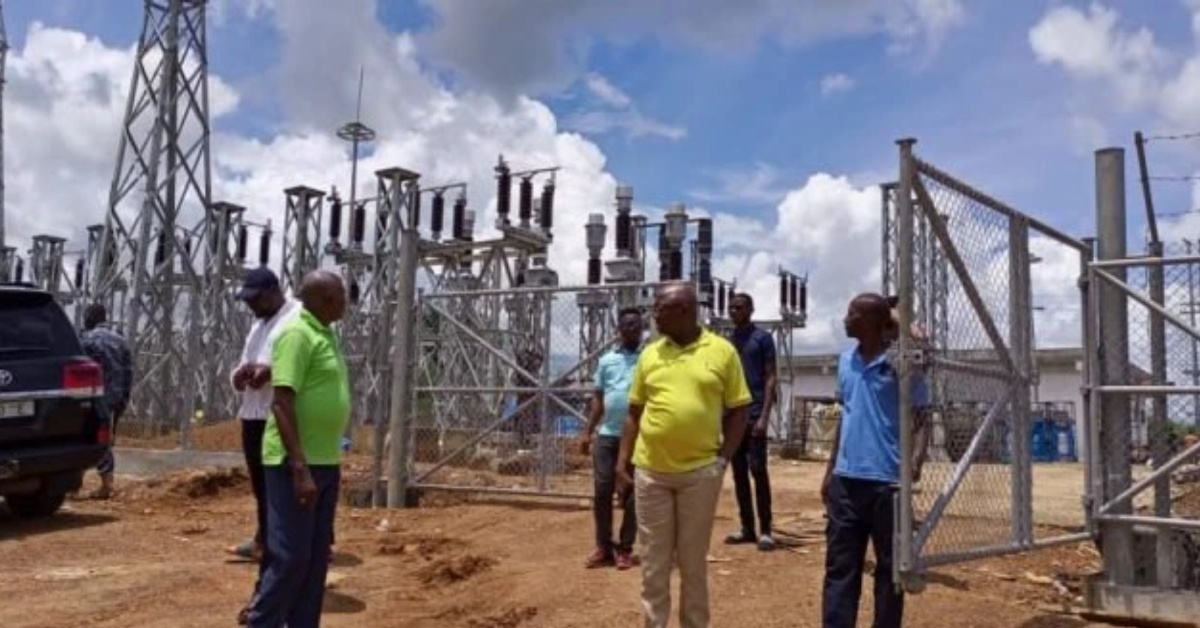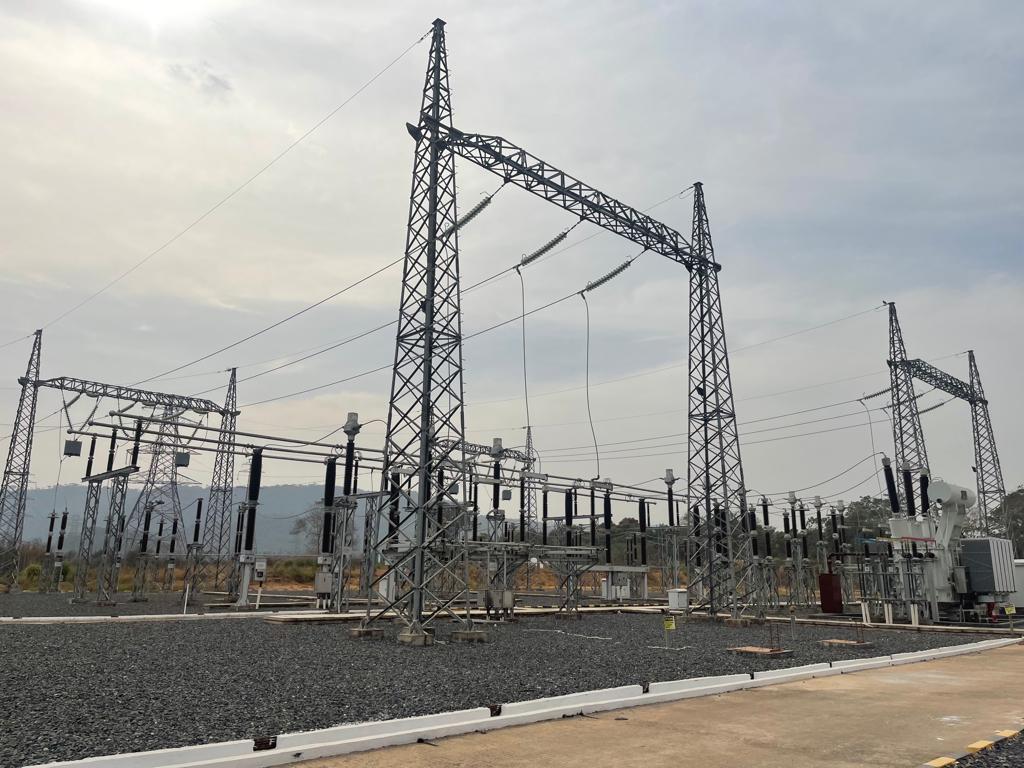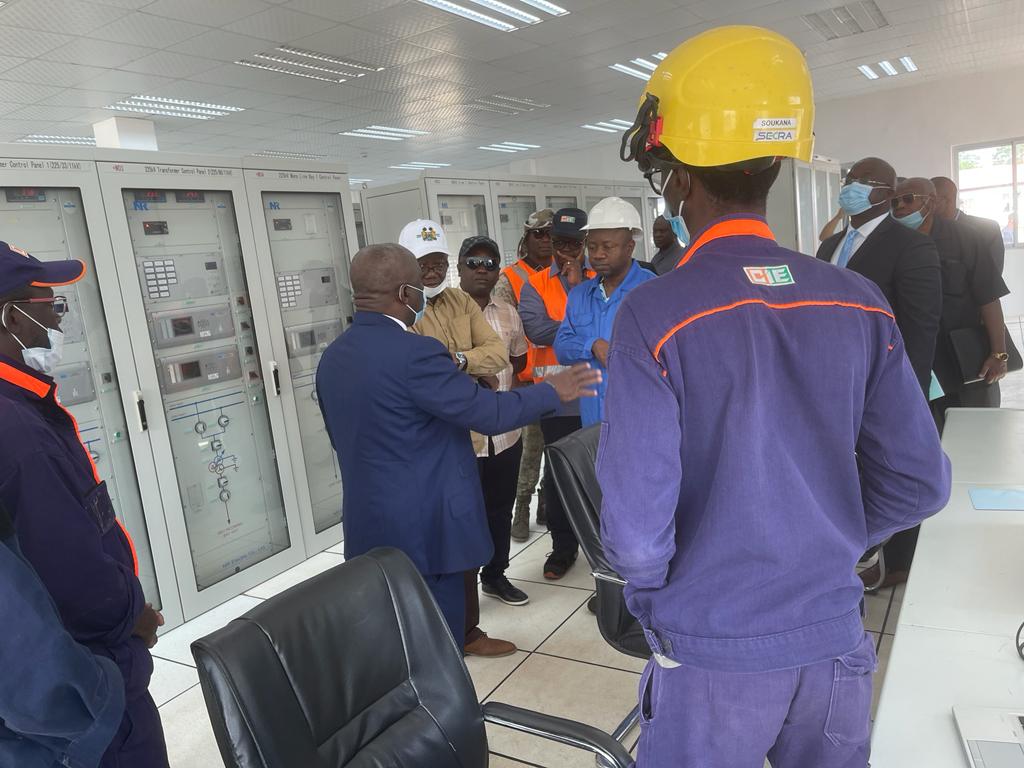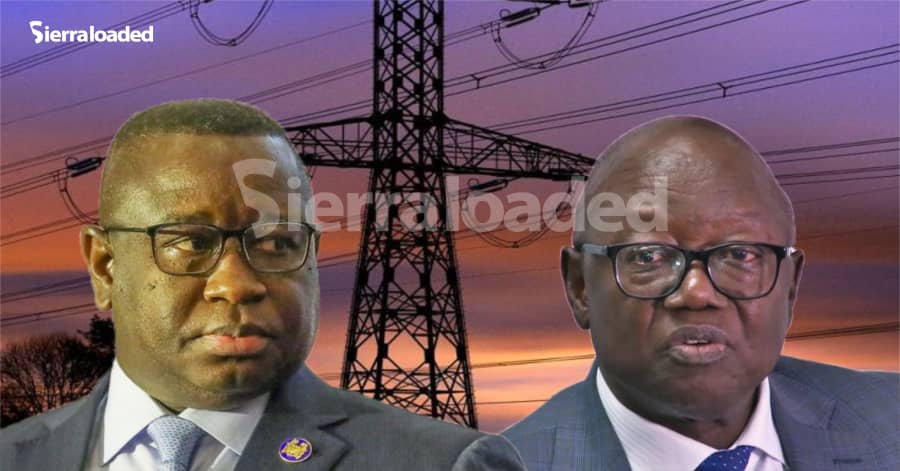There is every reason for Sierra Leoneans to celebrate President Bio’s leadership and Minister Kanja Sesay’s outstanding stewardship in the electricity sector and what this government has achieved in the sector in just 4 years, in very difficult circumstances.
There is no vacuum in the wealth of information related to what this government has achieved in the electricity sector but before I go into that let me talk about how much damage was done by our former President, Ernest Koroma and his caboodle of national cookie jar raiders and where they left us. I think I have an obligation to convey this and provide perspective.
My present experience tells me that it will not be an overemphasis to state that the situation in electricity supply and use in Sierra Leone during the APC decade long joke of a regime was patently unsustainable, economically, environmentally, and socially and financially in a state of bankruptcy. Load shedding was the order of the day and the number of Sierra Leoneans that had access to electricity remained way below the policy target. There was a total lack of any effort by their government towards improving the legal and institutional framework and bringing online additional generation capacities.
During the over a decade long EBK regime, the power sector in Sierra Leone suffered from severe supply side constraints, with electricity supply limited to a very small proportion of households in the country, estimated at less than 10%, even after they had spent over 1 billion US Dollars. Today we are talking about 35%, achieved by President Bio’s government in just four years.

The power generation capacity then remained highly inadequate to accommodate the country’s overall power demand, with most citizens operating stand-alone generators to have a better electricity supply. In addition, the electricity sector suffered from insufficient policy planning and implementation capacity of the competent ministry as well as from the insufficient business management and system maintenance capacity of electric power utilities.
The Minister then, Macualey, was a joker, money maniac and kleptomaniac, who was busy finding ways to spend the highest amount of taxpayers money in futility. What can he point to as his achievement? The money guzzling Agrekko deal that dumped hundreds of taxpayer’s monies down the drain? Or the millions of dollars dumped into buying HFO for the rotten Jaica machines at Kingtom every week during his stewardship?
Sierra Leone then was one of the African countries with the lowest installed capacity per capita. There was over 50% supply deficit of electricity generation with only 10% of the population having access to electricity supply, a situation that hindered the economic recovery and growth of the private sector. The lapses were huge and wide ranging, sometimes, even disgraceful and it will take me the whole day to go through all of them but let me just highlight a few.
Can the APC town criers who are now shouting to the rafters about EBK electricity legacy tell me about that support for increased power generation by the proposed World Bank 50MW HFO Power Project? Where is it?
As part of the energy sector reforms and unbundling of the power sector, the GoSL then said it would engage the private sector to generate electricity whilst rehabilitating transmission and distribution networks with support from the donor community. The Project then would have been the Bank’s first private sector, Independent Power Producer (“IPP”) project in Sierra Lone. Where is it?

The project involved the construction and operation of a 50MW Heavy Fuel Oil (HFO), interconnection facilities and a fuel pipeline in Kissy, four kilometers (“kms”) east of Freetown. The plant was to have been designed to operate at a frequency of 50Hz and will have an efficiency of 42% and an availability of 92%. Upon commissioning, the plant would have served as the largest base load plant in Sierra Leone. Where is it?
The project was to have been implemented by CEC Africa Sierra Leone Generation Ltd. (CECASL), a special purpose vehicle (SPV) which signed a 20 year Power Purchase Agreement (PPA) with the Government of Sierra Leone and the Electricity Distribution and Supply Authority (EDSA). The agreement was to allow CECASL to build, own, operate and transfer (“BOOT”) the power plant. CECASL would have also built 8 km of 33kV single circuit lines; constructed Kissy substation and upgraded the Wellington and Black Hall Road 33/11KV substations, and construct fuel pipeline and storage tanks. What happened to that?
As part of Sierra Leone’s recovery programs in the electricity sector then, the World Bank funded a grid network upgrade in Freetown. The scope included upgrade of Freetown 161/33 kV substation; construction of 8km double circuit 33kV line from Black Hall Road substation to Wellington substation; upgrade of two existing 15/20MVA 33/11kV substations at Wellington and Wilberforce; construction of one new 15/20 MVA 33/11kV substation at Ropoti, which is located between the Wellington and Black Hall Road substations and in close proximity to the CECASL plant (“Electricity Access Project Grid Upgrade”).
The Electricity Access Project Grid Update (“EAP”) and other works were a prerequisite for the evacuation of power from the CECASL plant and expected completion and commissioning date was around the first quarter of 2017; six months ahead of project commercial operations date of the Project. Can anyone tell me what happened to that?
It was during the APC EBK joke of a regime that the Bo-Kenema MV and LV distribution network rehabilitation and expansion died, even after the AfDB had done feasibility studies.

Now compare that to what President has achieved in just four years.
Today, we are talking about the MCC’s $11.9 million Electricity Sector Reform Project (ESRP) aimed to improve the electricity sector’s institutional and legal frameworks, planning capacity, and operational efficiency and the $7.6 million Regulatory Strengthening Project (RSP) aimed to build the capacity of the new regulator, improve sector governance and support the long-term financial sustainability of the electricity sector.
President Bio’s declaration that his government is eager to work with partners and the private sector to scale up investments in green grids initiative and the renewable energy sector has gained the right momentum as over 300, 000 more Sierra Leoneans in over 80 new communities are now benefiting from renewable energy under the Rural electrification programme.
Today we are talking about sustainable and dependable electricity generated in Ivory Coast, brought directly to homes in Kenema. Bo, and recently Freetown, to the delight of thousands of Sierra Leoneans.
Today, we can speak of the most dependable power generation capacity to have been ever achieved in the history of this country, and all of this achieved in just 4 years, under the leadership of President Bio and the Stewardship of Kanja Sesay.
Let me stop here for now until I share with you the next episode on my thoughts and experience with this electricity revolution that President Bio is taking us through and what impact it is having on us the people and the nation.



 Post a comment
Post a comment 









